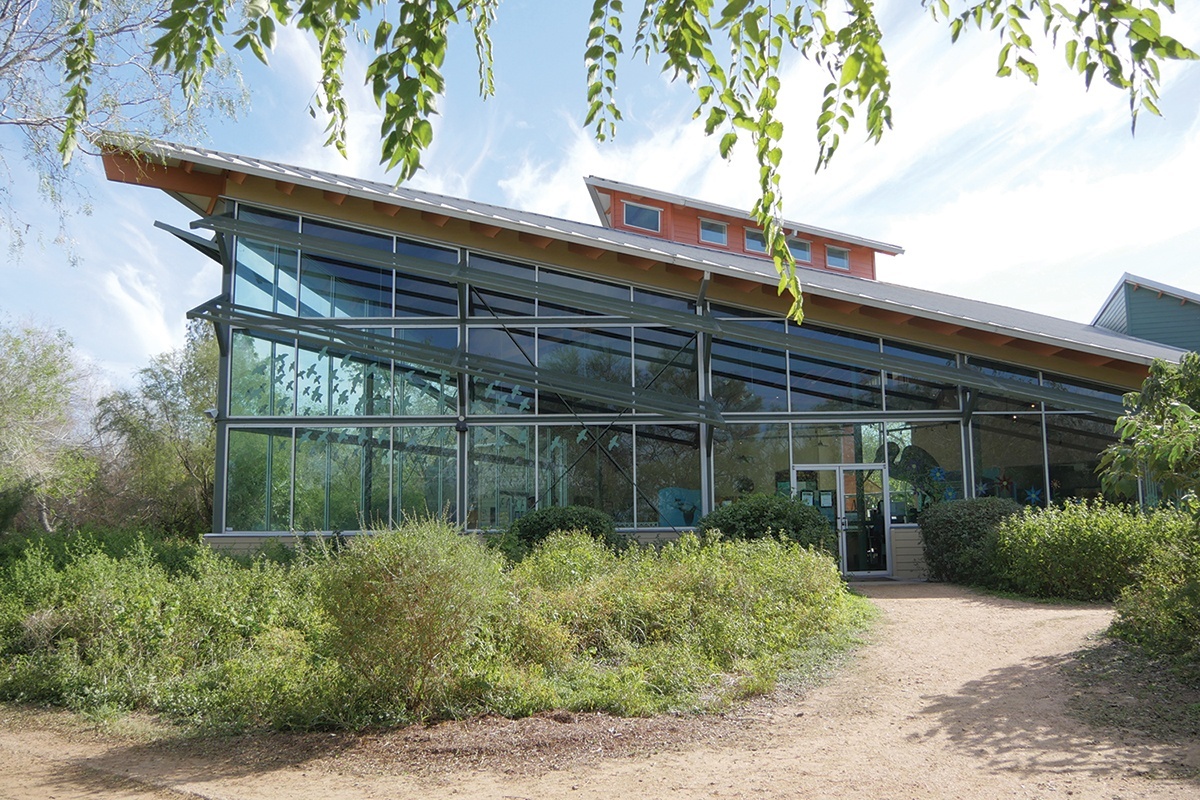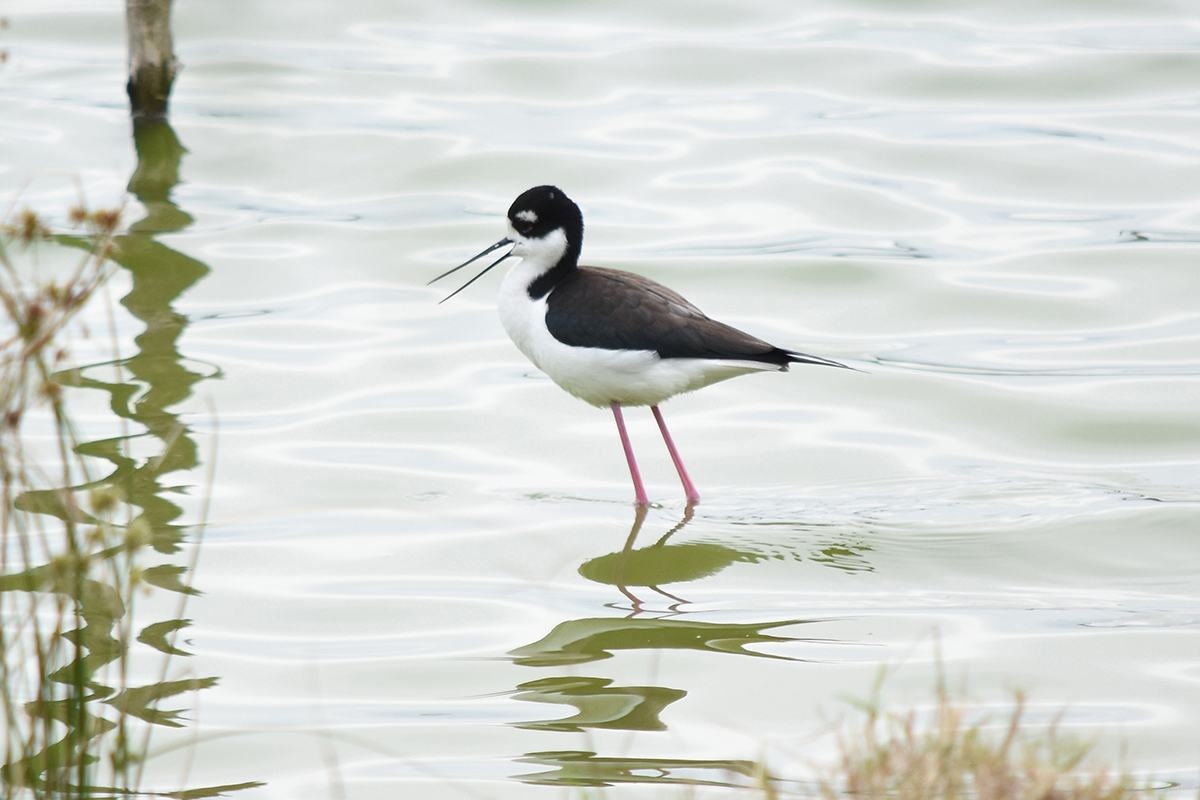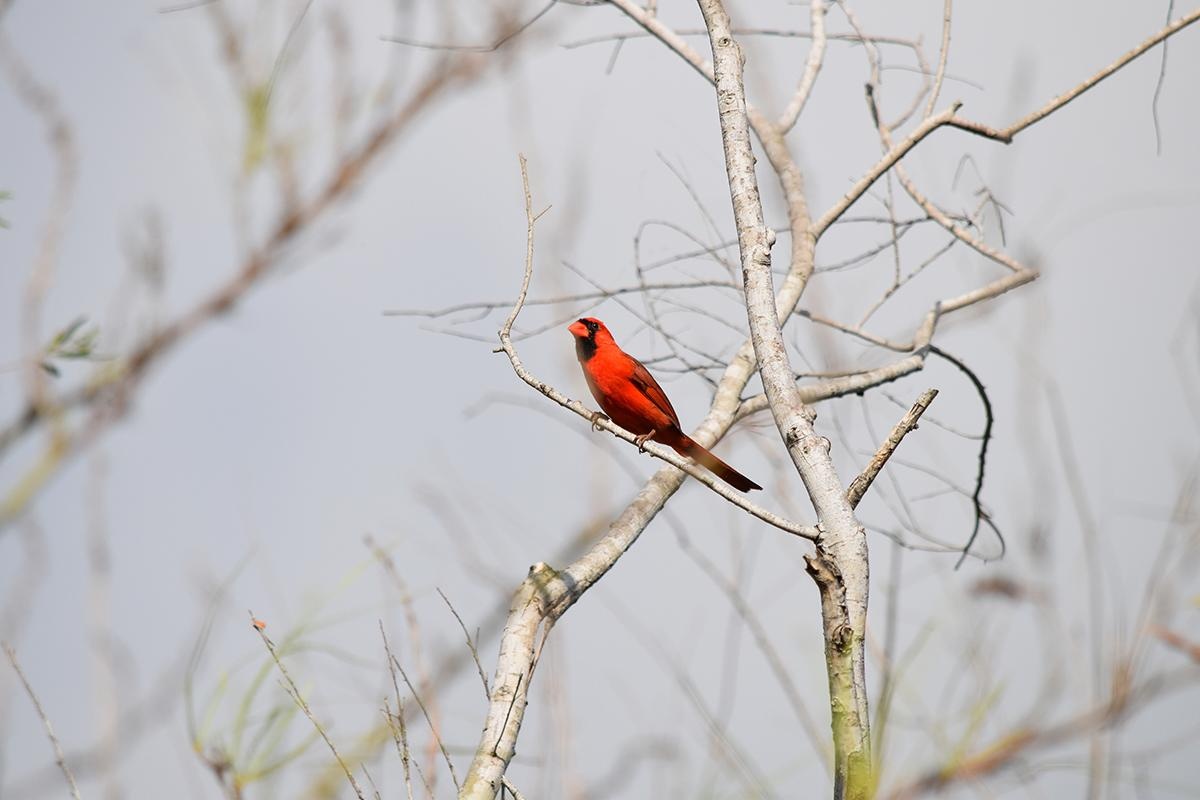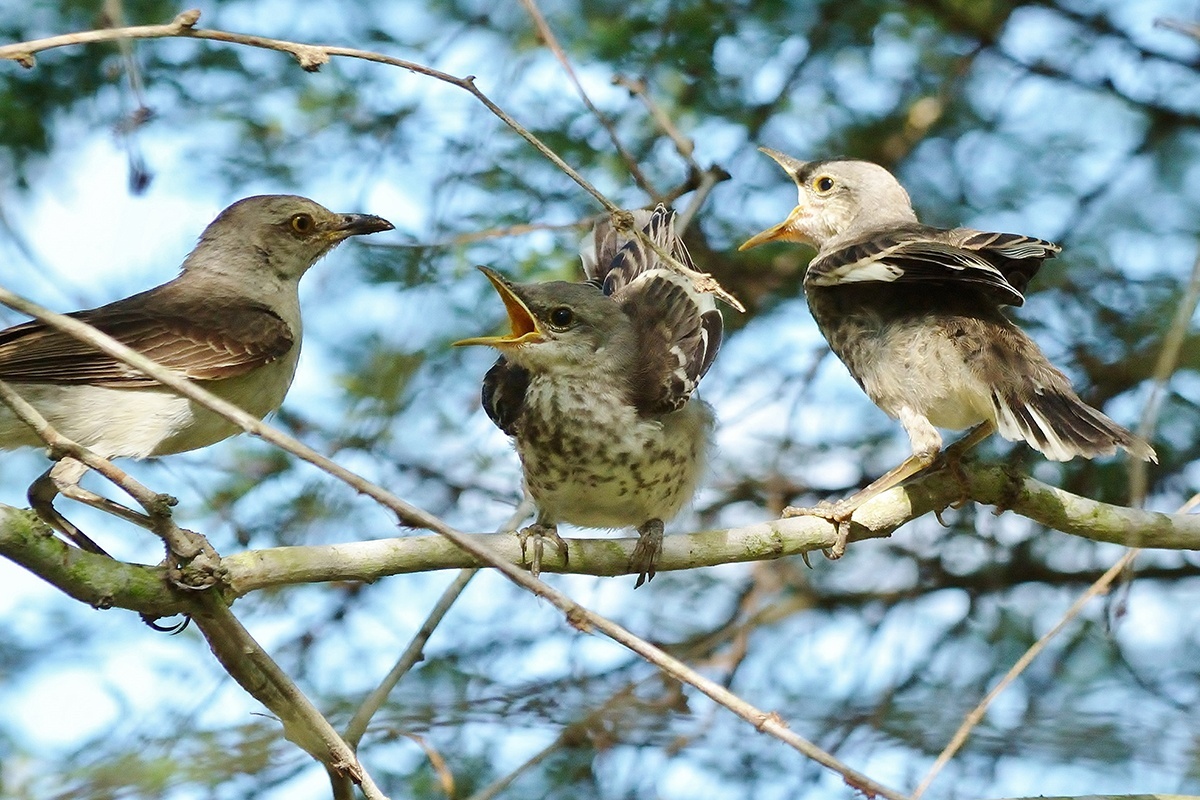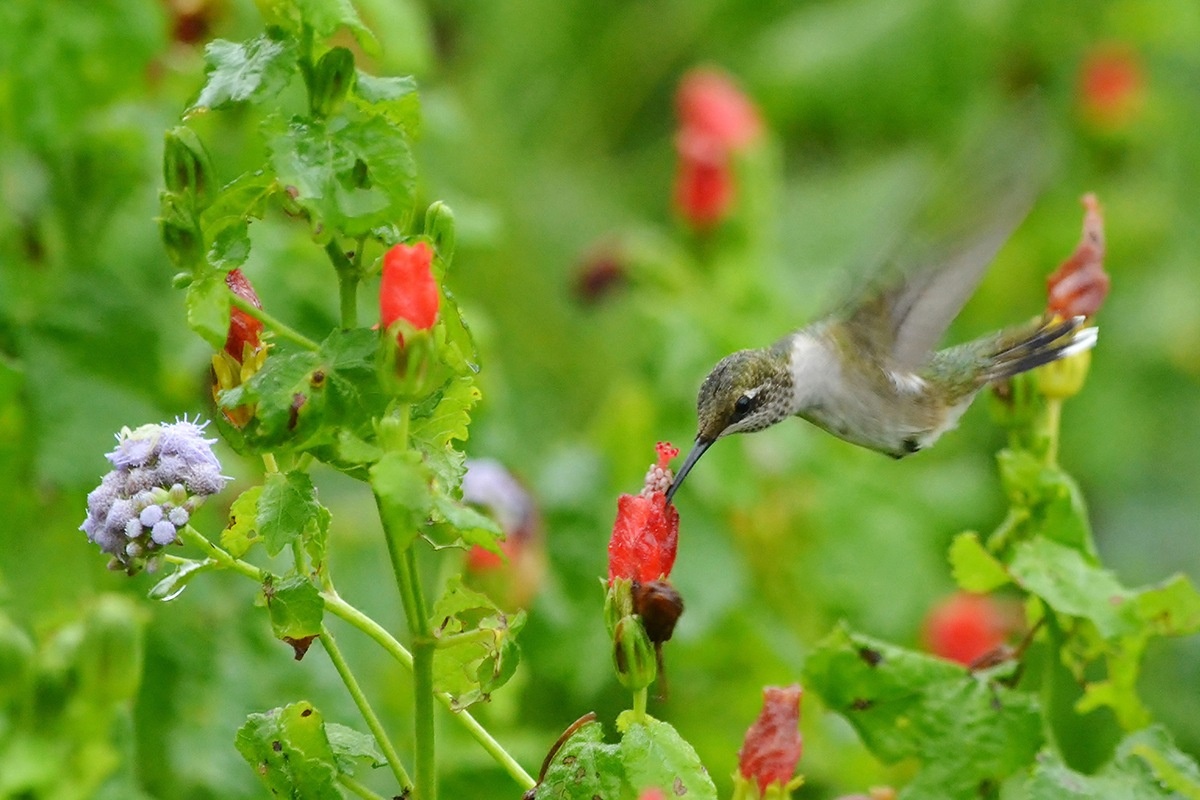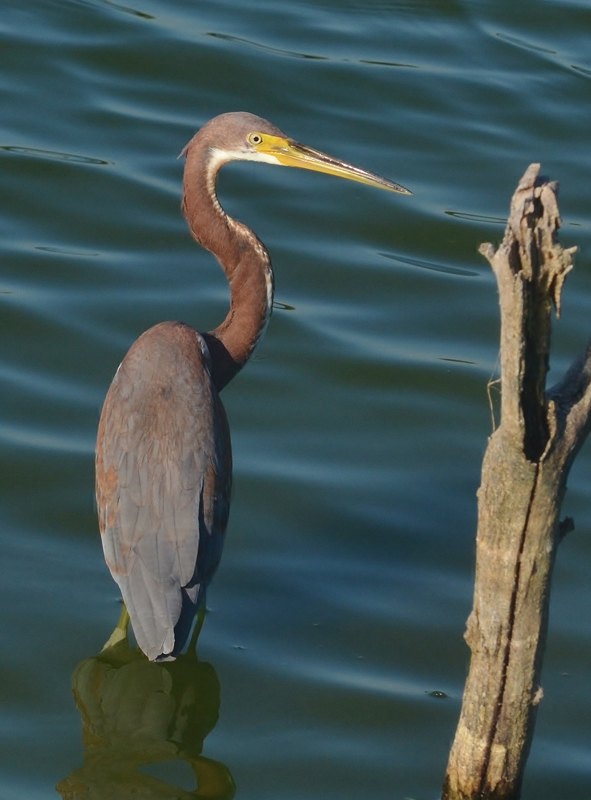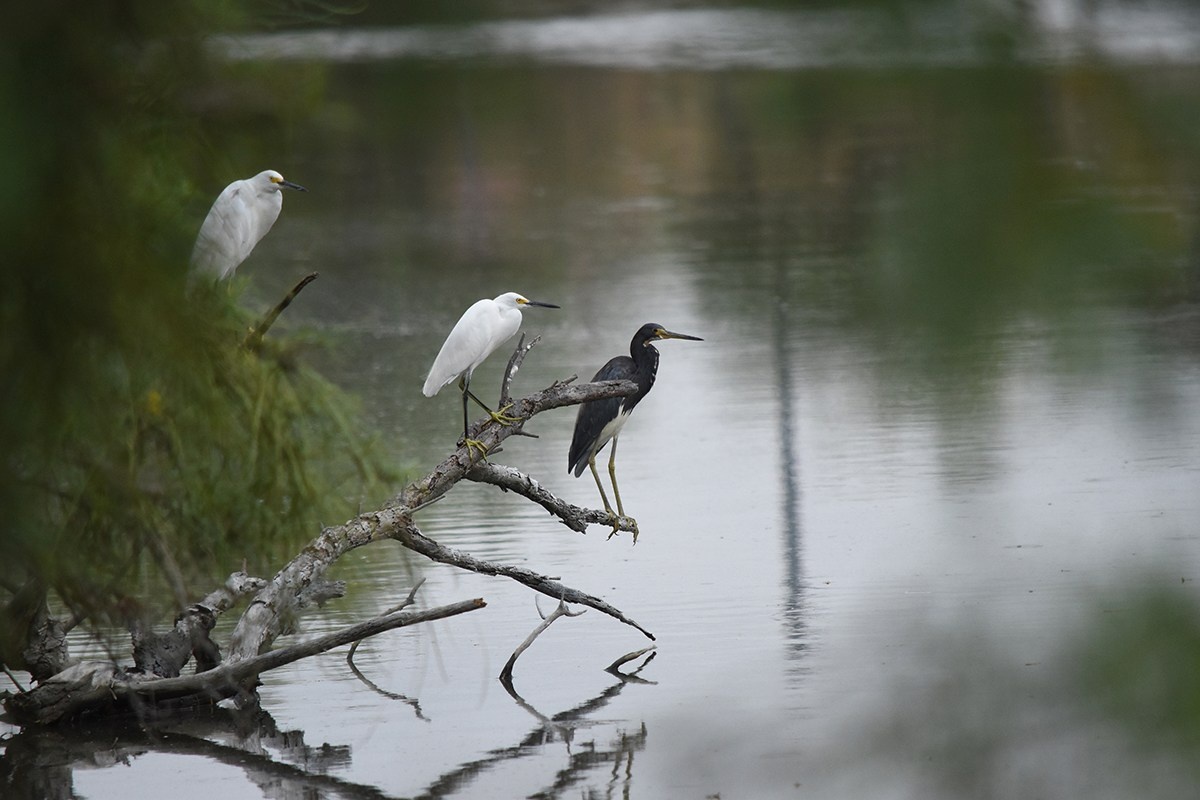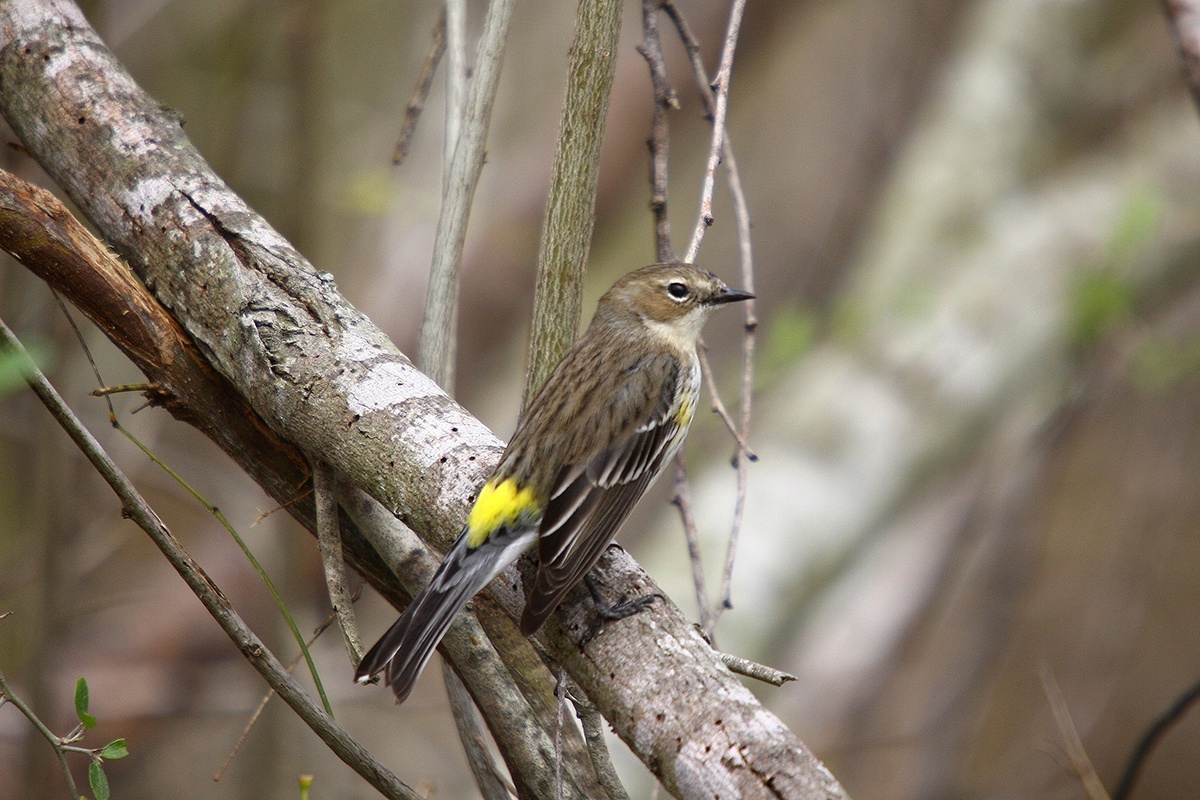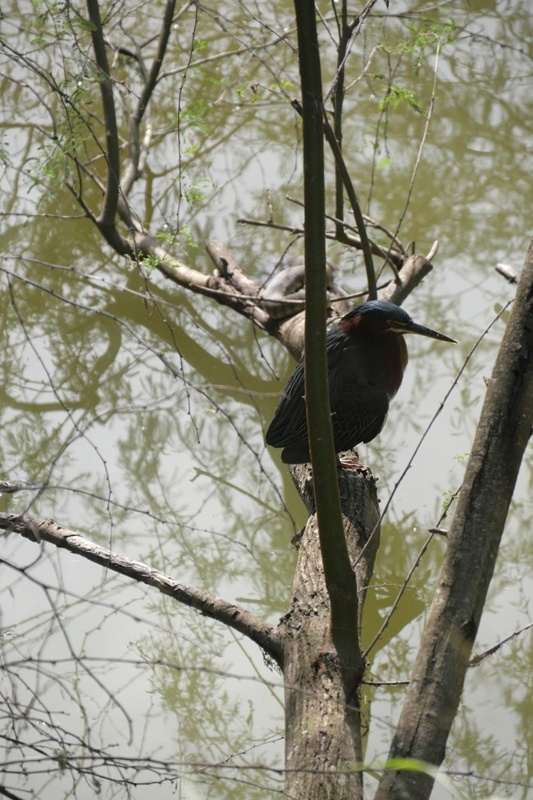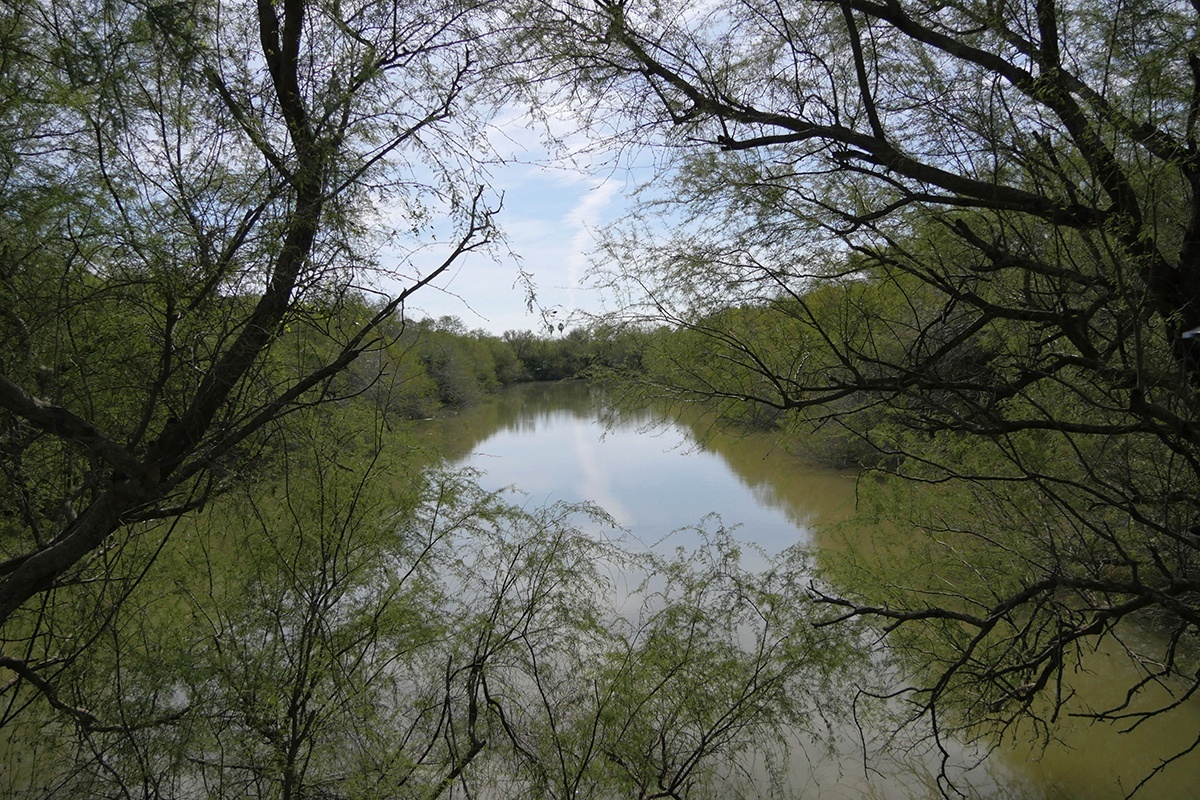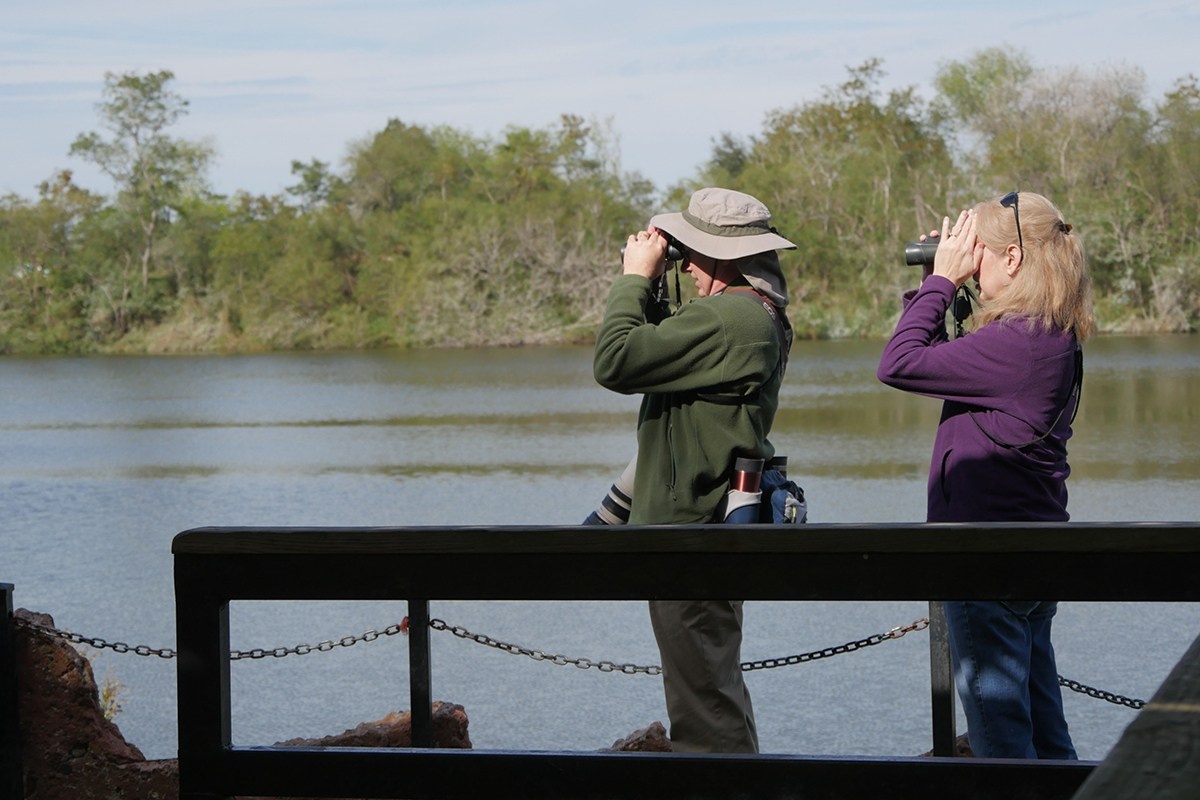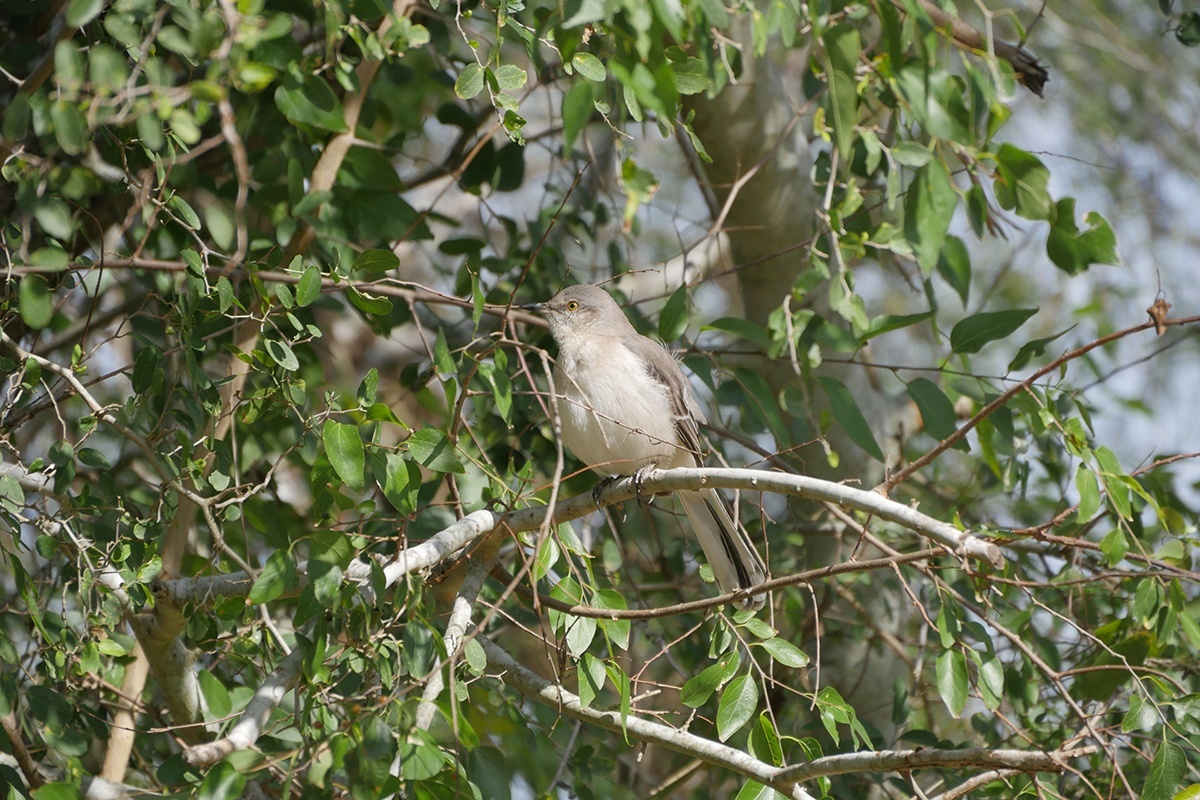From South Padre Island along the Rio Grande to Roma, 134 miles to the west, nine World Birding Center sites entice serious birders and amateur naturalists with extraordinary, year-round watchable wildlife. Easily accessible, the WBC includes three state parks and six urban nature preserves where it is possible to enjoy one-on-one encounters with birds, butterflies, Texas tortoises and semi-tropical, thorny, flowering Mother Nature.
Beginning birders count red-crowned parrots, great kiskadees and green jays among the Rio Grande Valley’s large, loud and colorful species that make it easy to enjoy wildlife watching. Veteran birders come from around the world to spot birds not seen anywhere else. World Birding Center habitats range from tidal wetlands to thorn-scrub forests. Brimming with native plants, the sites attract an abundance of semitropical and migratory birds. This inspires locals to grow native plants to nourish and shelter wildlife.
The WBC’s easternmost location is on South Padre Island, and the other eight sites lie within a few miles of Interstate 2 and Highway 83, which traverse the lower RGV.
At South Padre Island Birding and Nature Center, you can observe birds up close because the birds here don’t spook easily, says Javier Gonzalez, park naturalist. In contrast, he adds, the alligators living in the freshwater wetland tend to shy away from noisy groups. “The adjacent salt marsh lets you compare the differences in habitats and wildlife,” Gonzalez says. “With only one trail and one boardwalk, you share experiences with people you meet and learn from each other.”
Thirty-six miles inland, Resaca de la Palma State Park’s diverse habitats include a wetland that weaves through the park’s 1,200 acres. As guests roam the park’s grassland, thorn scrub and old-growth ebony forests, they are likely to spot Altamira orioles, groove-billed anis, green jays and kingbirds.
The Harlingen Arroyo Colorado site of the WBC encompasses the 54-acre Hugh Ramsey Nature Park and the 40-acre Harlingen Thicket. Volunteer Texas master naturalists have collaborated to transform parts of the park into an indigenous habitat densely packed with native plants.
Scattered through Estero Llano Grande State Park’s 230 acres of grassland and woods are ponds that host alligators, black-bellied whistling ducks, roseate spoonbills and wood storks. A wildlife-watching pavilion overlooks Ibis Pond and serves as the ideal starting point for the popular owl prowls and night hikes.
In addition to the birds and butterflies crowding the gardens, the Old Hidalgo Pumphouse Museum boasts an up-close perspective on the massive steam-driven pumps that drew water from the Rio Grande to irrigate farm fields starting in 1909.
Quinta Mazatlan, a historic 1930s adobe mansion, takes center stage at McAllen’s urban wildlife habitat. Resident semi-tropical birds perched along the trails blend in with 38 bronze sculptures of leafcutter ants, bats, owls, horned lizards and javelinas.
At Edinburg Scenic Wetlands, two large ponds and several small ones act like magnets for kids, wading birds, songbirds, foxes and dragonflies. “We’re an educational nature center, an urban oasis for watchable wildlife rather than a native forest,” says Marisa Oliva-Rodriguez, who manages the 40-acre site. “The idea is to get kids outside and enjoying it.” Park admission includes use of binoculars and playsets with dip nets.
Bentsen-Rio Grande Valley State Park is renowned for hawk watches during seasonal migrations, while Roma Bluffs’ observation deck high above the Rio Grande looks out over the river and islands and into Mexico. Every step on the World Birding Center trail delivers wildlife encounters in this lively, semitropical environment.
Eileen Mattei, a member of Nueces and Magic Valley ECs, lives in Harlingen.
